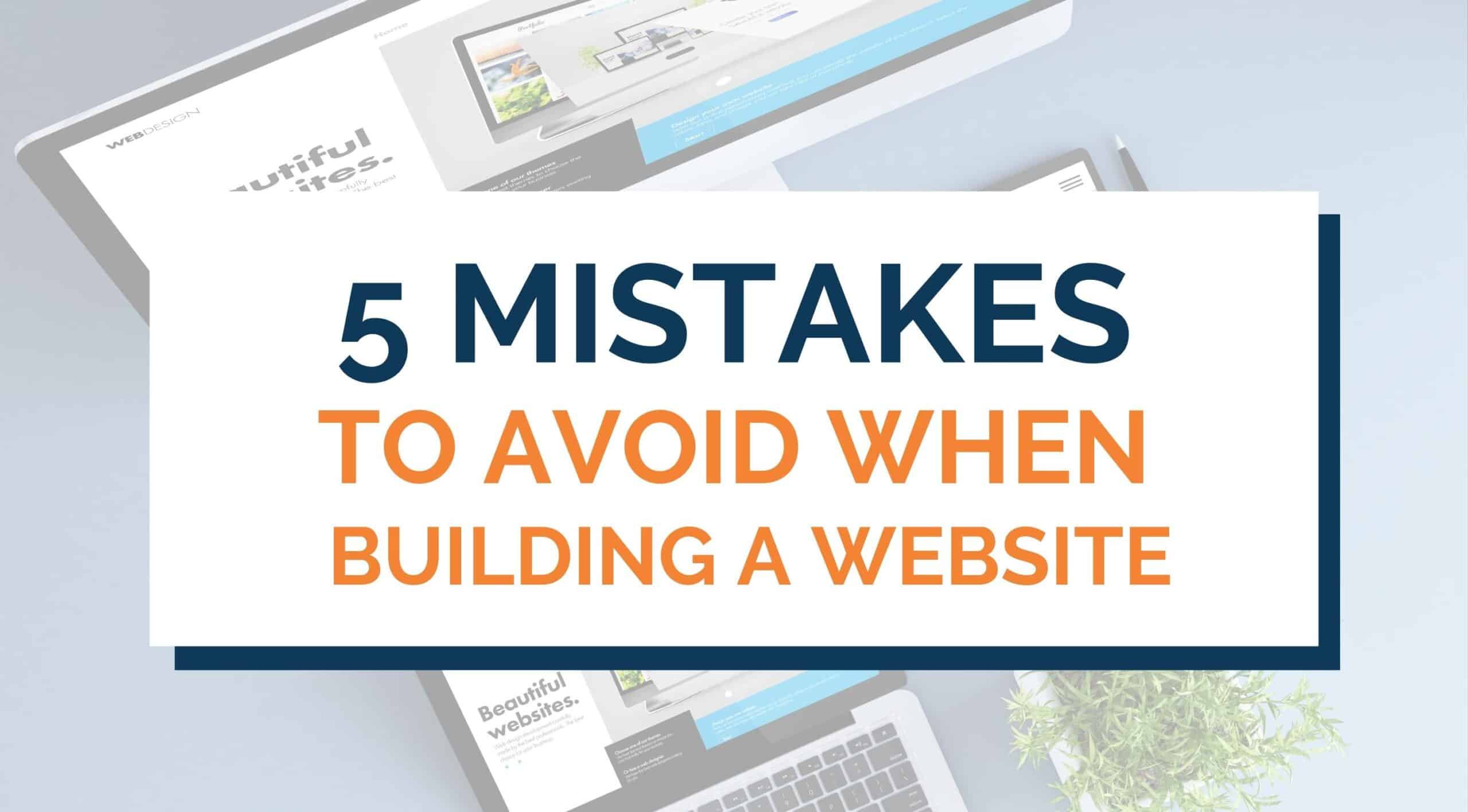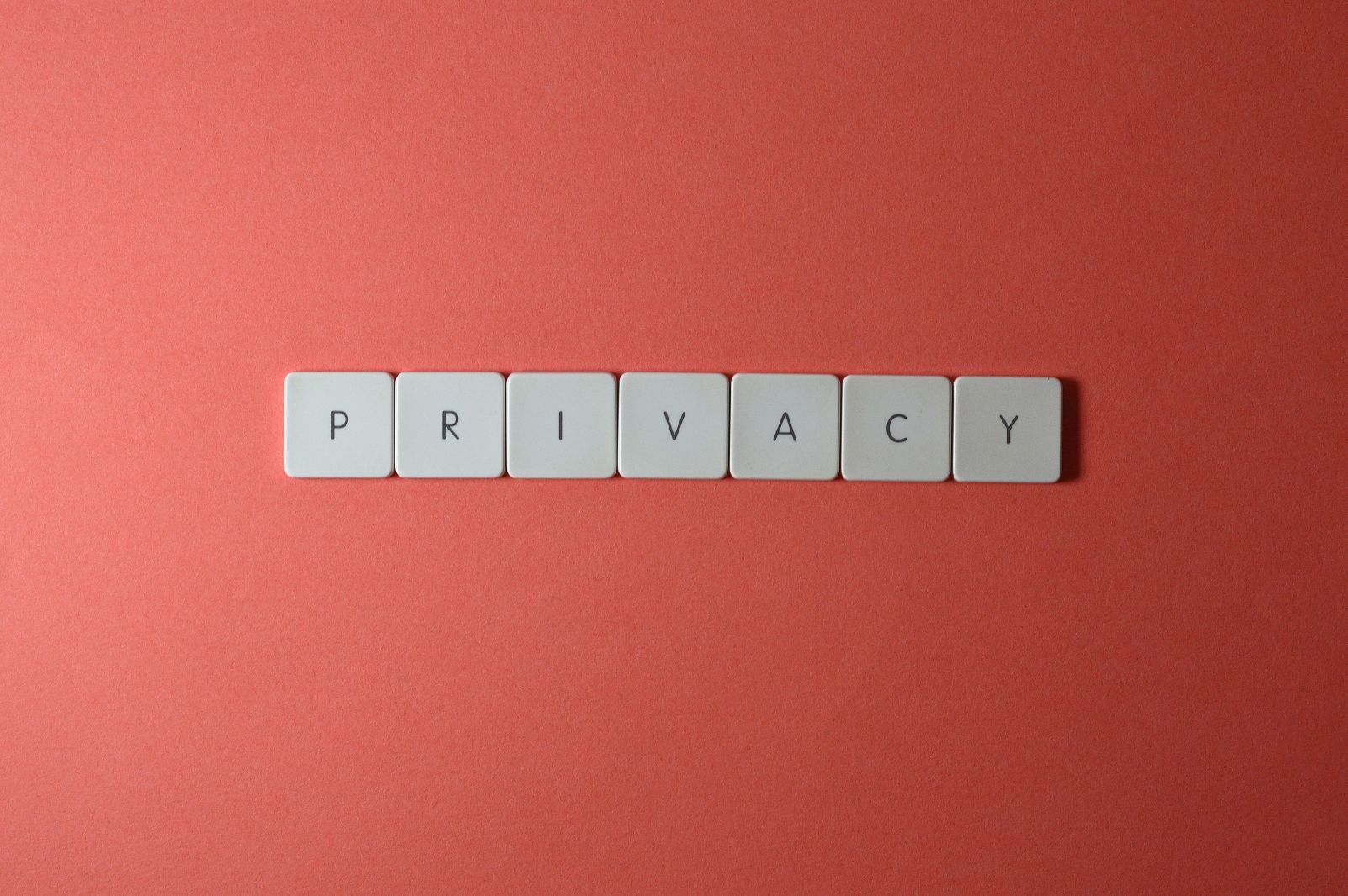As a small business owner, we understand how difficult it can be to manage your time well. Everyone around you is asking questions and needing help with things, you are trying to grow your business and deal with financial information, and so many other boxes you need to tick off to make sure you’re running a successful business.
Marketing automation has stormed onto the marketing scene and made a drastic difference for small businesses. Things have exploded and there are such things as chat bot automation (WordPress plugins from Microsoft and IBM) in which you can prepare a document with all sorts of industry-specific information and when someone types an FAQ into the search bar, artificial intelligence will analyze your source document and supply contextual answers for each question. To learn of another exciting development in the area of artificial intelligence you can watch Adam explain (it’s all queued up for you!). All in all, these developments are coming quickly and it is important for you to leverage this information and help your business grow as quickly as possible.
We’re going to focus our attention specifically on email automation since it is one of the earliest phases of this type of marketing. It has made a huge difference in the effectiveness of reaching out to masses of people all at one time.
Tools for Automation
If you’ve been around us here at Sparrow for any length of time, you’ll have heard us reference and recommend MailChimp quite a bit. The reason is because it offers powerful tools within the one platform that will enable you to save time while also never dropping the ball when it comes to pursuing leads or responding to new customers.
How does it work?
First, you have to have a collection of email addresses. One list would be emails of proven customers and another list would contain emails from people who have signed up to receive ongoing communication from you, either due to a lead magnet or because they are very close to becoming a loyal customer.
Second, view each list as an opportunity to market a bit differently from the other. This makes organization extremely important. Keep the lists separate and take advantage of the opportunities to offer one group a free consultation or another group a thank-you gift for signing up for regular emails or even a loyalty incentive. The options are endless when it comes to creating a series of automated emails.
Third, MailChimp has provided a list of “events” they suggest you target, everything from downloading an application to upgrading to the next tier of service. The platform allows you to create an personalized automated email (trust me, it’s not as contradictory as it sounds) that triggers when people within your email list do specific actions. You will create a tag for each action or event and assign a specific email or series of emails within MailChimp to activate at those times.
Last, you will need to write out those emails. The beauty of it is that you’ll only need to compose those emails once… and then that part of your outreach is finished and you can let MailChimp do the rest.
Words of Warning
There are ways email automation can go wrong or create an effect you weren’t expecting or wanting.
1. It can feel impersonal.
Try working with a writer to make sure your tone sounds real and relatable. The last thing you want is to make your customers feel like they’re getting spammed by a robot.

2. Mistakes can be made.
It is vital that your data stays extremely organized when using this type of marketing strategy. If your spreadsheet containing the emails and names of your customers gets messed up, the merge tags (the part that creates the personal touch, their first name and other personal information) will be inaccurate. The emails sent would have the wrong name or even “Hey, *first name*!”… and that would be embarrassing for your business.
3. Don’t let automation completely take over
Make the time to send out handwritten notes (email, phone call, text). This is an important way to remain human to your customers and keep the personal connections alive. It shows them that you still care about the individual person not only the mass of customers as a whole. Isn’t that what we all wanted when we started our small business?
Sources
Behavioral Targeting and Tags: How and When to Use Them for More Powerful Segmentation














